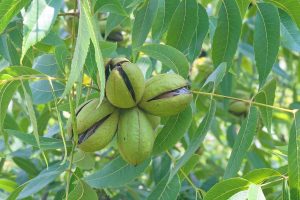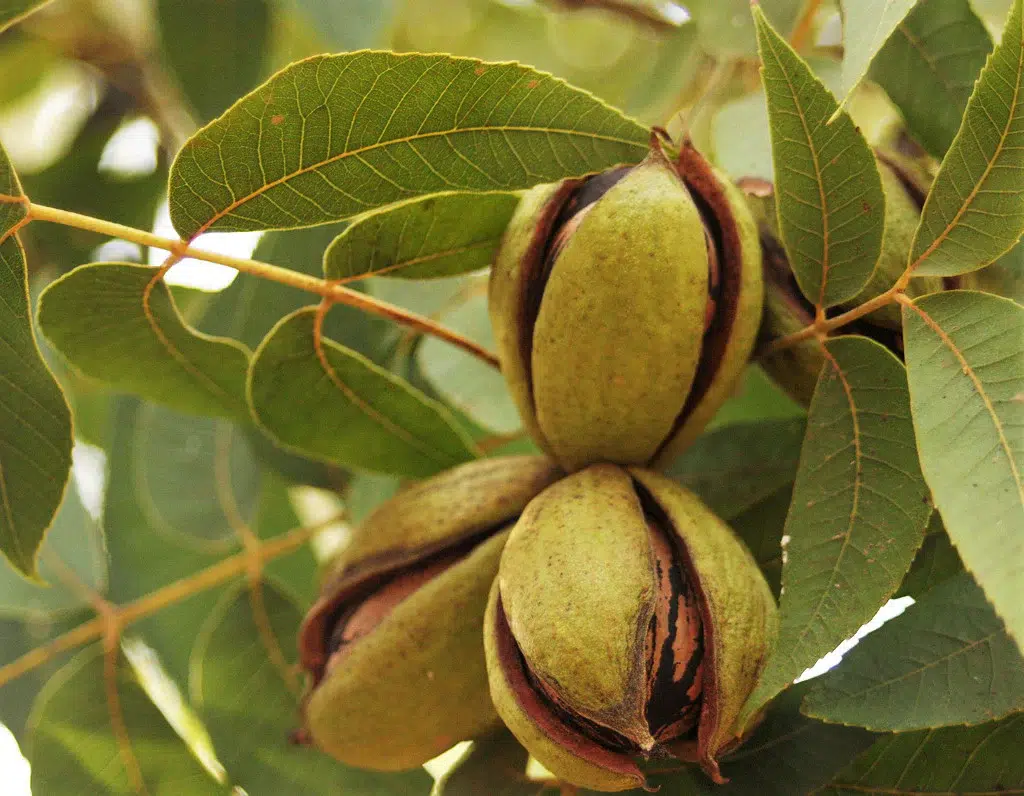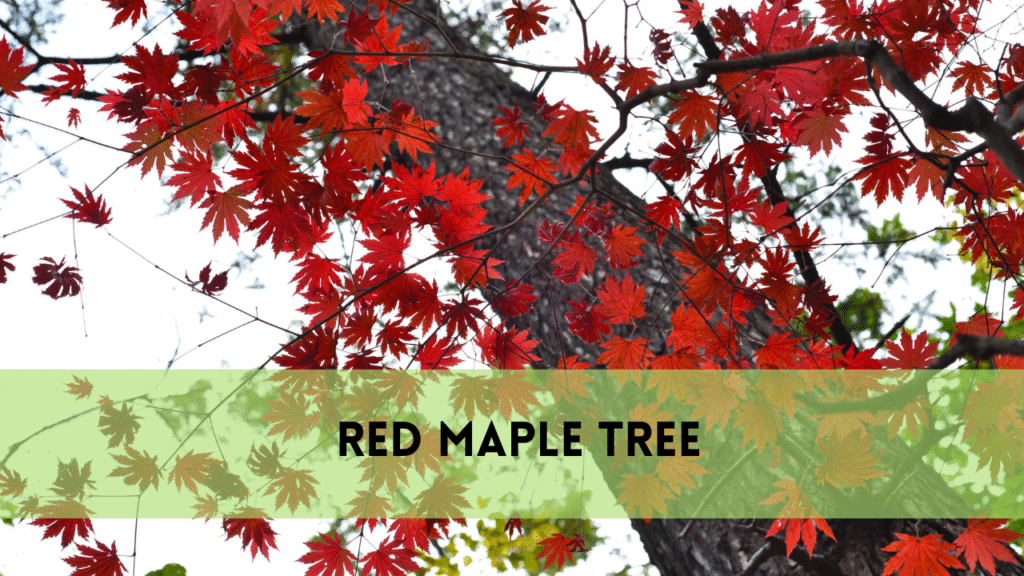Plant Pecan Trees in Texas
Pecan trees, with their lush foliage and delectable pecans, are a beloved part of any Texas landscape. However, recognizing the optimal planting period is critical to guaranteeing their effective growth. In this detailed tutorial, we will go over the intricacies of planting pecan trees in Texas, providing professional guidance and practical recommendations to help you develop a successful orchard. From understanding the life cycle of pecan trees to choosing the best planting site and caring for young saplings, we cover all you need to know to start a successful pecan tree planting journey. Whether you’re a seasoned gardener or a newbie enthusiast, our views and advice, backed up by years of arboriculture experience, will provide you with the knowledge and confidence to produce healthy pecan trees. Join us as we investigate the art and science of planting pecan trees in Texas, uncovering the secrets to growing these iconic trees in your garden.
Plant pecan trees in Texas?
Factors Influencing Planting Time
Several significant elements impact the best time to plant pecan trees in Texas, each with a critical function in assuring healthy establishment and long-term growth. One of the most important aspects is soil temperature, as pecan trees flourish in warm soil conditions that encourage root growth. Planting during milder months, such as late fall or winter, allows freshly planted trees to benefit from the dormant season and build root systems before the start of robust growth in spring.

Moisture levels are particularly important because they stimulate root growth and reduce stress on young trees. Planting during periods of increased rainfall or irrigation availability can improve soil moisture retention and aid in establishment.
Furthermore, selecting disease-resistant pecan tree species and preparing the planting site with well-drained soil are important concerns. Homeowners can increase their chances of success and ensure the healthy growth of pecan trees in their environment by carefully examining these elements and timing the planting.
Best Practices for Planting Pecan Trees
To ensure their effective establishment and long-term health, pecan trees must be planted with meticulous care and adherence to the best standards. Begin by purchasing high-quality nursery stock from reliable sources, focusing on trees with well-developed root systems and robust foliage. Prepare the planting area by loosening the soil and adding organic materials to increase drainage and fertility.
When planting, make sure that the hole is large enough to support the tree’s root system without crowding or bending it. Position the tree at the same depth as it was in the nursery container, then backfill it with soil, gently tamping it down to avoid air pockets. After planting, use plenty of water to settle the soil around the roots and encourage initial root establishment. Apply a layer of mulch around the tree’s base to help preserve moisture, reduce weed development, and regulate soil temperature. Monitor the tree for symptoms of stress or disease, and change watering and care techniques as needed to promote healthy development. By following these best practices, homeowners may ensure the success of their pecan tree planting efforts and enjoy thriving orchards for years to come.
Related Posts:
Caring for Pecan Trees After Planting
Caring for pecan trees once they have been planted is critical to their long-term health and viability. Provide appropriate water right after planting to help the tree grow roots in its new surroundings. For the first few weeks, monitor soil moisture levels regularly and water as needed to maintain the soil moist but not waterlogged.
In the next months, use a balanced fertilizer to supply critical nutrients for growth. Follow specified dosage rates and avoid over-fertilization, which can cause nutrient imbalances and stress on the tree.
Regular pruning is also required to form the tree, remove dead or diseased branches, and improve ventilation within the canopy. Monitor for symptoms of pests or diseases and, if necessary, take appropriate measures to protect the tree.
By applying these post-planting maintenance procedures, homeowners may promote the healthy growth of pecan trees and ensure a plentiful harvest in the future.
FAQS
How deep should I set my pecan tree?
Plant pecan trees at a depth equivalent to the height of their root ball, with the root collar level with the soil surface.
When is the ideal time of year to plant pecans in Texas?
In Texas, the optimal time to plant pecan trees is during the dormant season, which occurs in late fall or winter when soil temperatures are colder and root growth is vigorous.
How frequently should I water freshly planted pecan trees?
Watering newly planted pecan trees regularly is necessary to promote root establishment. Water deeply and infrequently, keeping the soil moist but not soggy.
Do pecan trees require fertilizing after planting?
Pecan trees benefit from regular fertilization to promote healthy growth and nut output. Apply a balanced fertilizer developed for pecan trees at the specified rates and times.
What are the most prevalent pests and diseases that threaten pecan trees in Texas?
Pests and diseases that commonly damage pecan trees in Texas include pecan weevils, aphids, fungal diseases like pecan scab and powdery mildew, and bacterial leaf scorch.
How long does it take for pecan trees to produce fruit?
Pecan trees usually begin giving fruit three to five years after planting, with full output reaching approximately ten to twelve years of age.
Conclusion
To summarize, planting and caring for pecan trees in Texas necessitates careful consideration of a variety of criteria, ranging from picking the optimal planting period to providing the correct aftercare. Homeowners can build thriving pecan orchards that offer ample harvests for years to come by studying their growth patterns, environmental requirements, and cultivation best practices.
Remember to select disease-resistant cultivars, carefully prepare the planting location, and evaluate soil moisture levels and tree health regularly. Pecan trees, with proper attention and care, can become significant landscape additions, giving shade, beauty, and tasty pecans for future generations to enjoy. By following the rules mentioned in this article and utilizing the wealth of expertise available from local arborists and agricultural extension organizations, homeowners can embark on successful pecan tree planting endeavors and reap the benefits of their efforts for many years ahead.




